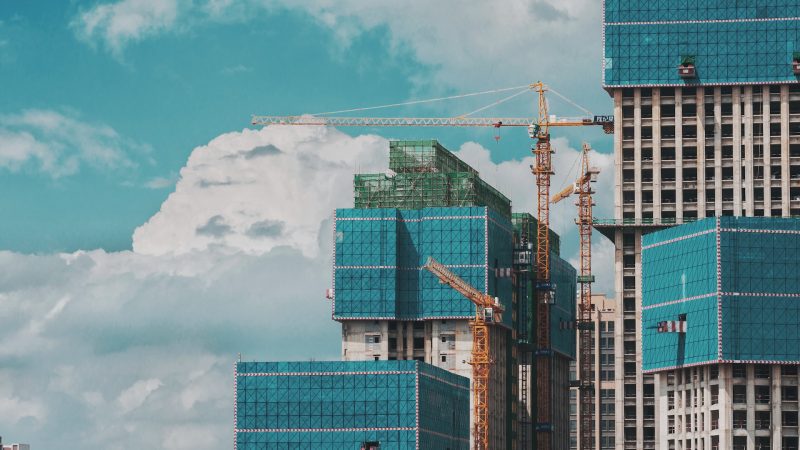Construction Site Safety: Protecting Workers in a High-Risk Environment

Categories :
Maintaining a safe working environment is essential to any successful construction project, yet the risks associated with these sites remain ever-present. Constructions sites are usually filled with dangerous tools, heavy equipment, hazardous materials, and hundreds of active workers all striving towards the same goal. Despite this inherent danger though, there are numerous safety practices that can be implemented both on and off-site to create an incredibly safe working environment for everyone involved in the project. In this blog post we will outline some of the most important considerations when it comes to keeping your construction site safe and free from harm – so make sure you're up to date with all the necessary know-how before starting work in such a high-risk but highly rewarding industry!
Have A Good Lawyer On Your Side
Construction sites can be dangerous places, with heavy machinery, power tools, and dangerous materials everywhere. Workers on these sites are at risk of injuries every day, whether it's from falling objects, hazardous materials, or accidents with machinery. That's why it's so important for anyone working on a construction site to have a good personal injury lawyer on their side, ready to protect their rights in case of an injury. A good lawyer can help injured workers recover compensation for medical bills, lost wages, and pain and suffering, giving them the peace of mind they need to focus on their recovery. So if you're working on a construction site, make sure you have the legal support you need to stay safe and protected at all times.
Identifying Potential Hazards: Understanding Risks on Construction Sites
Unidentified or poorly managed hazards can precipitate accidents, causing injury and death. It is crucial to have a thorough understanding of the potential risks associated with each construction project. Factors such as weather conditions, large vehicles, heavy machinery, and electrical and chemical hazards can all contribute to work-related accidents. Some workers on construction sites evaluate and control safety risks, but it is essential to create a culture of safety shared by all workers. Construction site hazards can be effectively identified and minimized through careful planning, regular inspections, and comprehensive safety training programs. By being mindful of the potential risks and taking preventative measures, construction workplaces can ensure the well-being and safety of workers and prevent accidents.
Complying with Safety Regulations: Adhering to OSHA and Local Guidelines
Complying with safety regulations is a critical aspect of ensuring a safe and healthy workplace for employees. By adhering to OSHA and local guidelines, businesses can implement the necessary measures to prevent accidents and injuries. OSHA's regulations cover various areas, including hazard communication, respiratory protection, and fall protection. In addition, local regulations may provide additional requirements tailored to specific industries or regions. Failing to comply with these regulations can result in serious consequences, such as fines, legal penalties, and reputational damage. Therefore, businesses must prioritize safety compliance and develop effective strategies to maintain a safe working environment.
Promoting a Safety Culture: Fostering a Mindset of Responsibility
Safety is key on any construction site, and it's crucial to foster a mindset of responsibility across all team members. Creating a safety culture means everyone on site is aware of potential hazards and takes the necessary precautions to prevent accidents. It's essential to encourage communication among team members, as this can help identify and mitigate risks before they become serious issues. Taking responsibility for safety is not just about individual actions, but also about looking out for others. By promoting a culture of safety, we can ensure that everyone goes home from work each day without incident. It's up to each and every one of us to lead by example and make sure safety is always a priority.
Personal Protective Equipment (PPE): Equipping Workers for Safety
Construction work is a hazardous occupation, and personal protective equipment (PPE) plays an essential role in keeping workers safe. Equipping workers with the appropriate PPE not only helps prevent accidents but also reduces the severity of injuries. Construction sites are full of potential dangers such as falling objects, sharp tools, and hazardous chemicals. Without the right PPE, workers are vulnerable to a range of injuries that could have severe repercussions for their health and safety. PPE includes items such as hard hats, gloves, safety glasses, and work boots that provide a barrier between workers and these occupational hazards. Employers have a legal obligation to provide PPE and ensure that workers use it correctly. When it comes to PPE, the bottom line is simple – it can save lives.









